Scientific name Aralia elata Rank Species | Genus Aralia Higher classification Spikenard | |
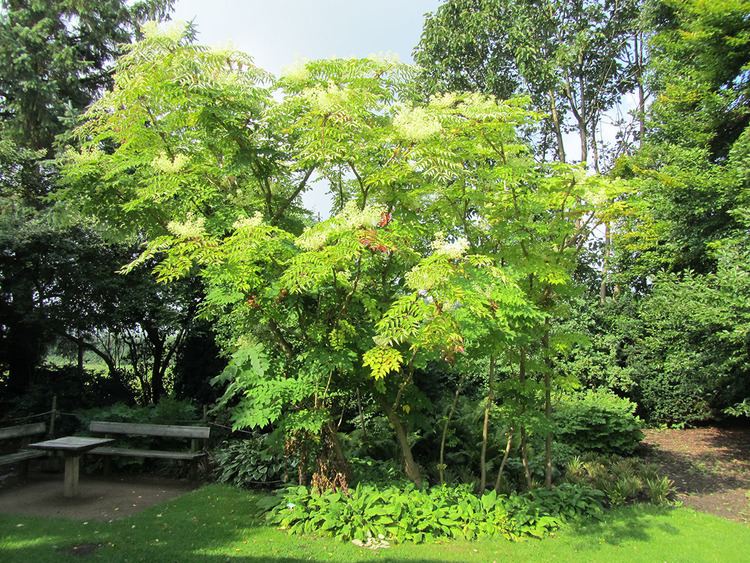 | ||
Similar Aralia cordata, Fuki, Ostrich Fern, Pteridium aquilinum var latius, Osmunda japonica | ||
Aralia elata honeybee heaven for the summer garden
Aralia elata, or Japanese angelica-tree, or Korean angelica-tree, is a woody plant belonging to the family Araliaceae.
Contents
- Aralia elata honeybee heaven for the summer garden
- Aralia elata engelenboom duivelswandelstok
- Description
- Japan
- Korea
- Invasive species
- References
Aralia elata engelenboom duivelswandelstok
Description
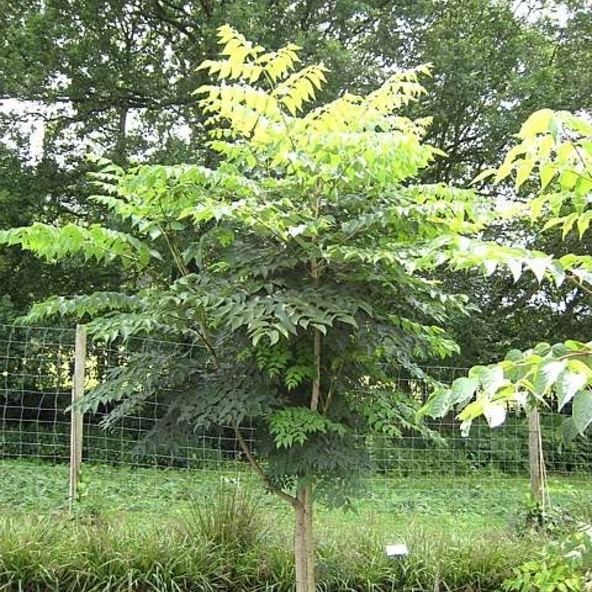
It is an upright deciduous small tree or shrub growing up to 10 m (33 ft) in height, native to eastern Russia, China, Korea, and Japan.
In Japan it is known as tara-no-ki (Katakana: タラノキ/Kanji: 楤木), and in Korea as dureup namu (두릅나무). It prefers deep loamy soils in partial shade, but will grow in poorer soils and in full sun. The plant is sometimes cultivated, often in a variegated form, for its exotic appearance.
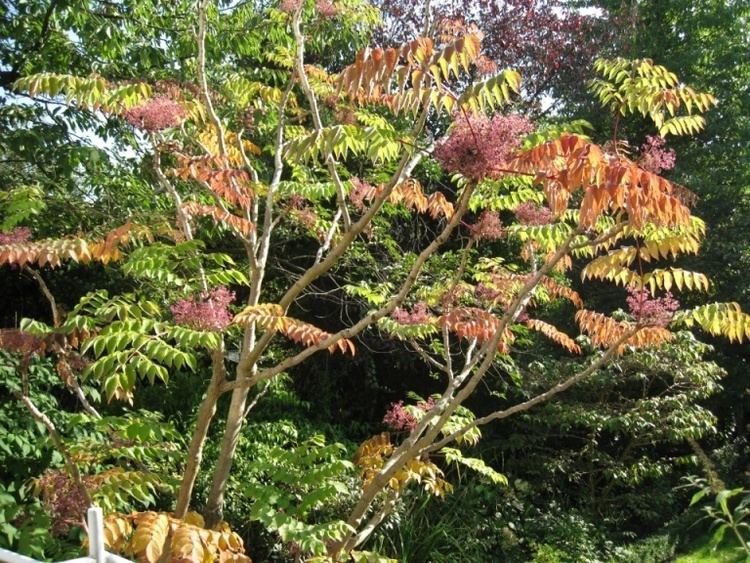
The bark is rough and gray with prickles. The leaves are alternate, large, 60–120 cm long, and double pinnate. The flowers are produced in large umbels in late summer, each flower small and white. The fruit is a small black drupe.
Aralia elata is closely related to the American species Aralia spinosa, with which it is easily confused.
Japan
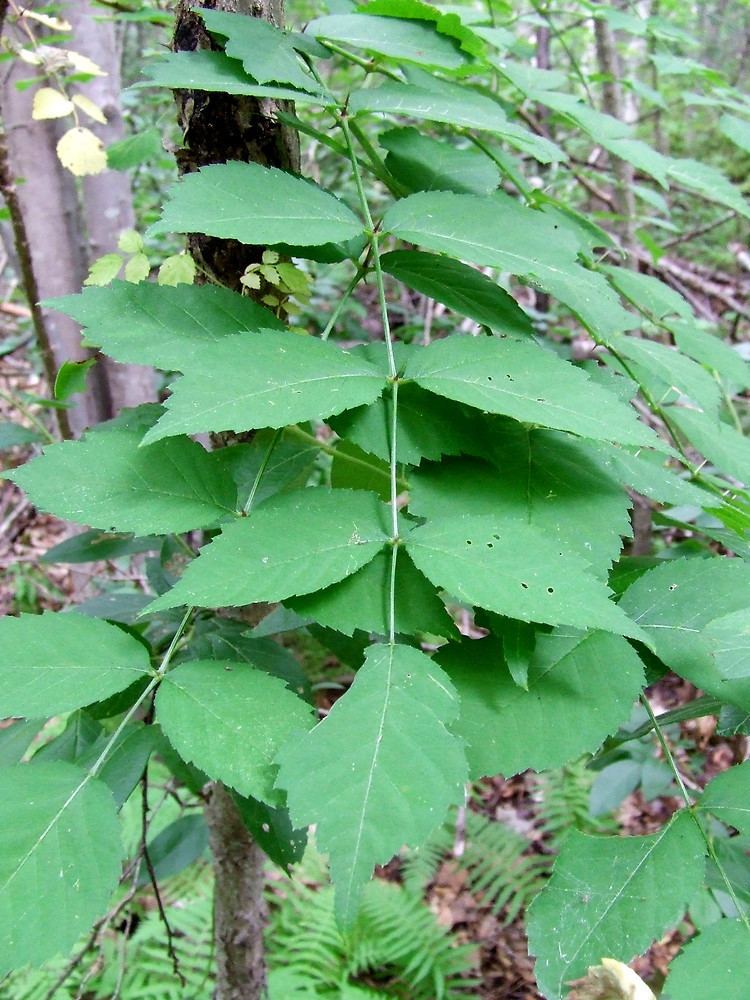
In Japan, the shoots (taranome) are eaten in the spring. They are picked from the end of the branches and are fried in a tempura batter.
Korea
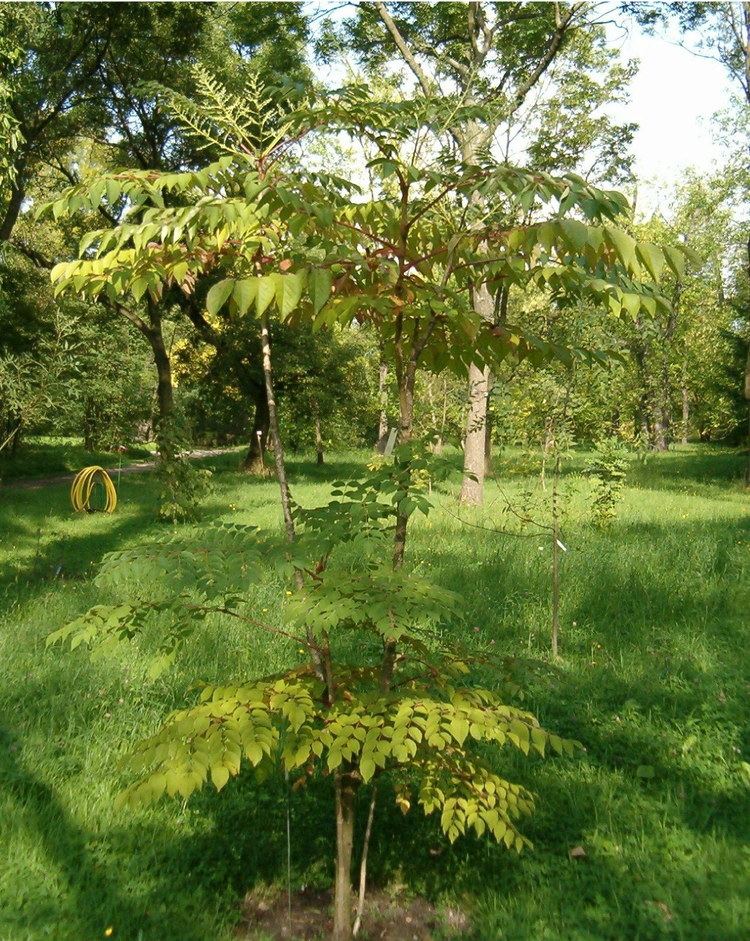
In Korean, the young shoot is called dureup(두릅), and the plant is called dureupnamu(두릅나무, "dureup tree"). The young shoots are harvested during a month, from early April to early May, when they are soft and fragrant. In Korean cuisine, the shoots are commonly eaten blanched as namul, pickled as jangajji, pan-fried as jeon, or deep-fried as bugak.
Dishes
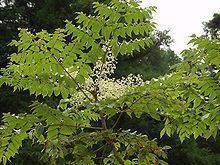
Invasive species
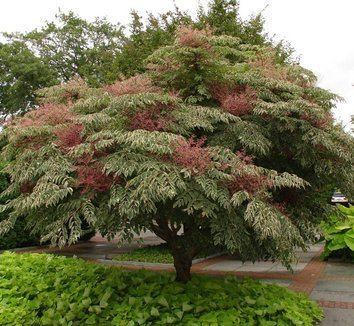
The tree was introduced in 1830 in the United States. Birds like the fruits and are spreading its seeds allowing the tree to expand as an invasive species in the Northeastern United States.

